Angiosperms (Flowering Plants)
Angiosperms are the largest plant group in the world with representatives on every continent, including Antarctica. With the notable exception of temperate coniferous forests in the Pacific Northwest and Northern Eurasia, angiosperms are usually the dominant plant species in their ecosystems.
Evolutionary biologist Charles Darwin wrote in 1898 that angiosperm diversity was an "abominable mystery" and a "most perplexing phenomenon." The evolutionary mechanisms leading to such a diversified array of species are still unknown. Plant species are mainly angiosperms, of which there are as many as 400,000 species. In reality, the number may be closer to 350,000, and uncertainty may exist due to the number of species that have yet to be discovered.
History and Evolution of Angiosperms
We must study the fossil record of angiosperms in order to understand their evolution. Research of this kind is called paleobotany, and many researchers concentrate on fossilized angiosperms.
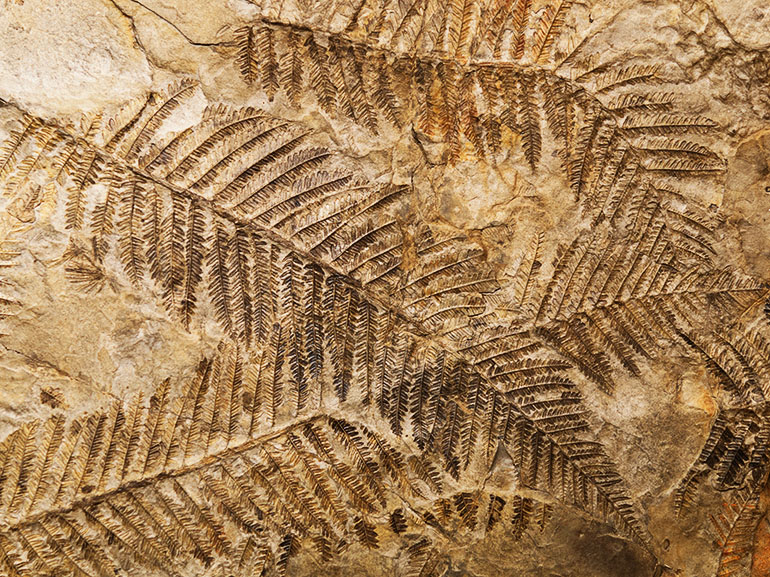
Cretaceous Period
The dominant type of plant on earth prior to the emergence of angiosperms were conifers and other green plants. Fossil evidence suggests that gymnosperms evolved over 300 million years ago during the Devonian period. Before angiosperms arrived on the scene, they dominated terrestrial flora for more than 200 million years.
Angiosperms have been found in the fossil record as far back as 145 million years ago, during the early Cretaceous period. Based on pollen analysis from lake beds angiosperms were already incredibly diverse 100 million years ago. Geologically speaking, angiosperm diversification occurred over a relatively short period of time. They have been the dominant type of land plant ever since.
Ancient fossil angiosperms have been discovered in formerly tropical areas. According to theory, angiosperms originated in warm regions of the world and then spread to both poles.
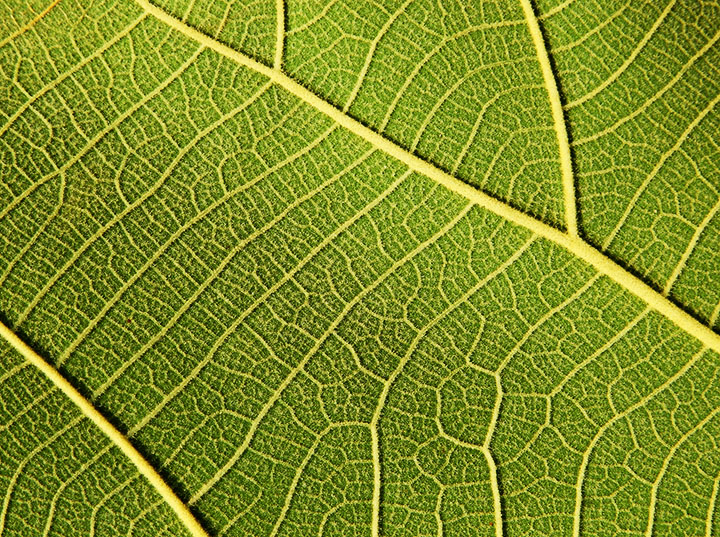
Angiosperms Compared to Other Plants
What led angiosperms to become dominant vegetation types compared to other types of plants? Due to their intricate leaf venation and phylogenetic evolution, they might be able to produce more photosynthetic energy compared to other plants. Furthermore, angiosperms generally have smaller genomes than other plants, which allows for smaller cells and a higher rate of carbon uptake. These characteristics of flowering plants may have enabled them to dominate the landscape and outcompete their neighbors.
Angiosperms Compared To Gymnosperms
Angiosperms and gymnosperms are both seed plants, meaning they reproduce through seeds rather than spores like ferns and mosses. Their ability to produce secondary growth is another similarity. Gymnosperms produce naked seeds borne in cones, whereas Angiosperms produce flowers and fruit with seeds contained within ovaries.
Current Ecological Importance of Angiosperms
Angiosperms are essential to life and a major source of consumer goods. Food, air and building materials derived from flowering plants sustain all animals on earth, including humans. This role is often underappreciated.
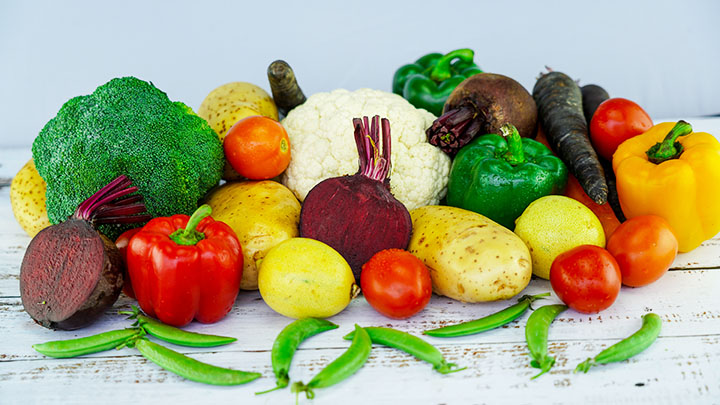
Food
The primary benefit of angiosperms is their ability to produce food. Insect populations depend on flowering plants as their nectar and pollen are important food sources for bees, butterflies, and other insects. Animals find vegetative parts of plants like leaves and roots to be equally important. The fruit plants produced by these plants are eaten by birds, mammals, and even fish. Angiosperms are essential to the survival of all animals, including humans.
Flowering plants provide most of the food humans eat. In addition to the direct consumption of angiosperms, humans also eat livestock that are fed with angiosperms. The following is a list of the most important plant families for food production and examples of plants used for food in each family.
- Poaceae (grass family): Corn, rice, cane sugar, wheat, barley, and all other cereal grains.
- Fabaceae (legume family): Beans, peas, and soy.
- Solanaceae (nightshade family): Potatoes, tomatoes, chili peppers, and eggplant.
- Brassicaceae (mustard family): Broccoli, cabbage, cauliflower, and other common vegetables.
- Rosaceae (rose family): Apples, pears, cherries, strawberries, almonds, and other fruit.
- Cucurbitaceae (cucumber family): Cucumber, squash, gourds, and watermelon.
Medicine
Angiosperms, which contain diverse secondary compounds, are indispensable to the modern pharmaceutical industry. Secondary compounds do not contribute to plant growth, but they are vital for defending against herbivores and pathogens. To defend themselves, many plants have evolved incredibly complex chemicals, and these chemicals have been found to have extraordinary medicinal properties. Medicinal plants have been used as medicine for millennia, but we have just recently discovered how to isolate and synthesize the chemicals contained in their leaves.
Chemical compounds are directly gathered from some plants, while others provide inspiration for the development of synthetic pharmaceuticals. For example, morphine is derived from the poppy plant Papaver somniferum (Papaveraceae), many alkaloids from nightshade Atropa belladonna (Solanaceae), and phytoestrogens from Angelica sylvestris (Apiaceae). Originally, aspirin's active compounds were discovered in the leaves of willow trees, Salix, that belong to the Salicaceae family.

Materials
Many of the materials we use on a daily basis are made from angiosperms. Some examples of angiosperm-based textiles are cotton from Gossypium species (Malvaceae), linen from Linum usitatissimum (Linaceae), and hemp from a variety of Cannabis sativa (Cannabaceae).
Besides fibers, angiosperms produce a range of building materials, such as hardwood lumber and bamboo. The biofuels from flowering plants are another essential product. Saturated fats from plants are a more environmentally friendly alternative to fossil fuels like oil, coal, and natural gas. Among the most basic forms of biofuel is wood, which can be burned to produce heat that can be converted into energy. The most advanced forms of biofuel include liquids such as corn-based ethanol that is combined with gasoline.
Carbon Sequestration
Carbon sequestration is probably the most important service angiosperms provide. Plants photosynthesize by absorbing carbon dioxide and converting it into plant material. The process of absorbing and storing carbon dioxide is known as carbon sequestration, and is one of the most effective ways to remove it from the atmosphere. In order to mitigate climate change, carbon sequestration is necessary.
Tropical forests sequester carbon most efficiently. It is estimated that the Amazon rainforest alone absorbs 600 million tons of carbon every year. In most tropical forests, angiosperms dominate, which makes them essential for carbon storage.
Structure of Angiosperms
Vascular Plants
Angiosperms are one of the three major groups of vascular plants. Vascular plants are characterized by specialized tissues, of which two types exist:
- Xylem transports water and minerals and provides plant structural elements, such as wood.
- Phloem transports carbohydrates and sugars.
Typically, nonvascular plants, such as bryophytes, are smaller and highly susceptible to drying out since they lack vascular tissues.
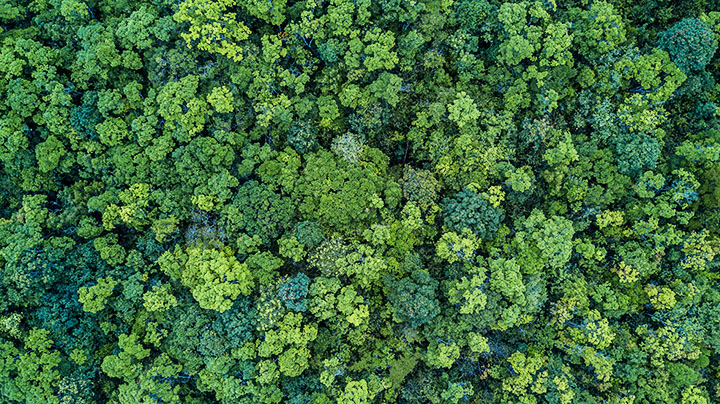
Roots
Roots of angiosperms are similar to those of gymnosperms. Generally, roots provide a plant with water, nutrients and structural support. Among the secondary functions of roots are nutrient storage and vegetative reproduction.
A variety of rooting structures can be found below the surface of the soil, but they can also penetrate deep underground, especially in habitats with deep water tables. Rooting depths rarely exceed one meter in arctic tundra. In comparison, Boscia albitrunca (Capparaceae), an African flowering plant, had the deepest rooting depth recorded at 68 meters.
One of the most important functions of plant roots is nutrient acquisition. A wide range of micronutrients are essential to plants. They include nitrogen, phosphorus, potassium. These minerals are found primarily in inorganic compounds in the soil. It is up to the roots to absorb minerals and transport them to other organs so plants can photosynthesize. Mycorrhizal fungi and rhizobium bacteria form symbiotic associations with some roots, which make phosphorus and nitrogen acquisition easier.
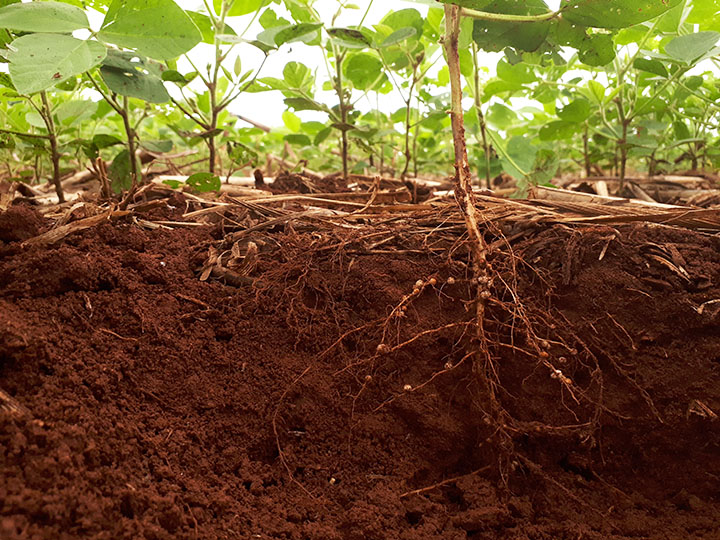
Stems
The stems of angiosperms are not uniquely different from those of gymnosperms and other vascular plants. In general, stems house vascular tissue and provide structural support. In angiosperms, they vary a great amount. In anatomical terms, a basil plant stem is the same plant part as a massive trunk of an 800-year-old giant sequoia.
In addition to photosynthesis, plant stems can provide defense and protection against the environment. Most herbaceous plants have chlorophyll in their stems. A few large trees have photosynthetic bark, which assists the plant in photosynthesis even when it has lost its leaves. Stems are commonly covered with pins and thorns, which can be used for defensive purposes. Bark is a protective coating that woody plants produce on their stems to protect them against the elements. A tree's bark can be several centimeters thick, shielding vascular tissue from below freezing temperatures and fire.
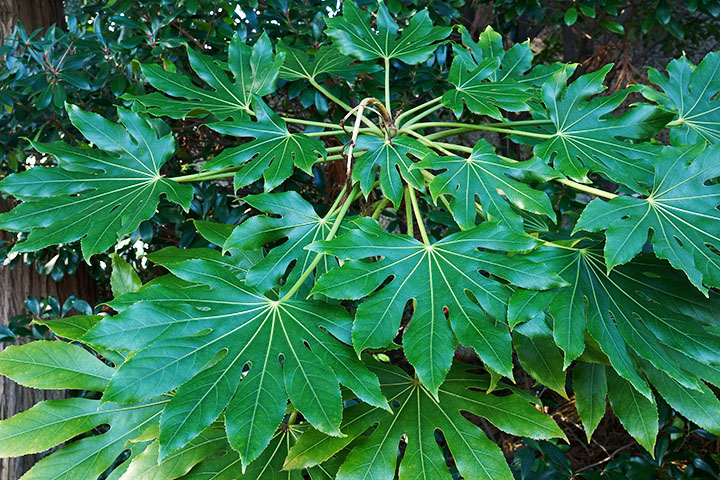
Leaves
Leaf anatomy of angiosperms is unique due to their complex venation and their wide variety of shapes and modifications. A leaf's main part is its blade, which is usually connected to its stem by a petiole. Some leaves have stipules, which are leaf-like structures that cover the nodes of the leaf.
Angiosperm leaves show a remarkable amount of variation in their arrangement, size, and shape. There are three leaf arrangements:
- Alternate: one leaf emerging at each node.
- Opposite: two leaves emerging at each node.
- Whorled: more than two leaves emerging at each node.
A leaf can also be simple or compound. There is only one blade connected to the petiole in simple leaves, while there are two or more leaves connected to the petiole in compound leaves. There are dozens of ways to describe leaf shapes, as illustrated in the figure below. The broadest distinctions are palmate and pinnate leaves. Pinnate leaves have just one leaf tip at the apex of the blade, while palmate leaves look like a hand with multiple lobes.
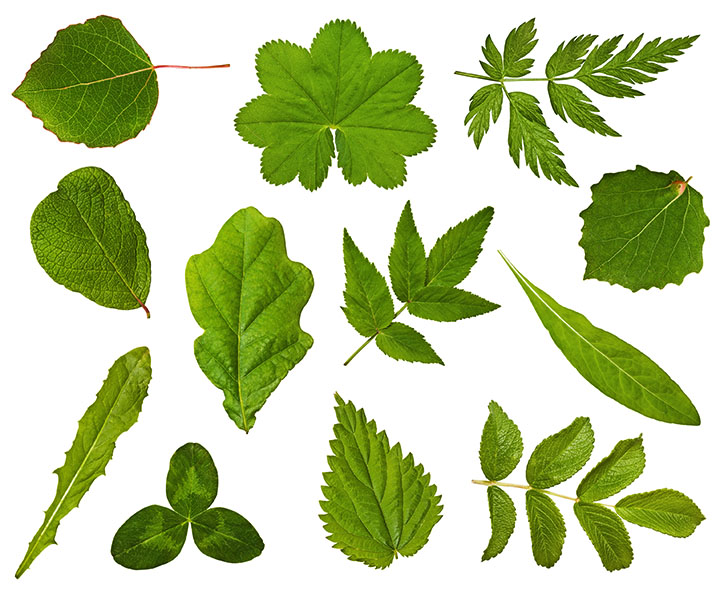
Photosynthesis and transpiration are carried out by the leaves of plants. Wide, flattened leaf blades of angiosperms maximize solar gain at the expense of more rapid evaporation. A plant's leaves contain most of its chlorophyll, which gives the plant its distinctive green color. Additionally, they contain stomata, which control gas exchange through pores on the leaf surface.
Leaves aren’t always flat and broad, and are often thick and tough to store water. This particular modification enables succulent plants to survive in the most arid of conditions.
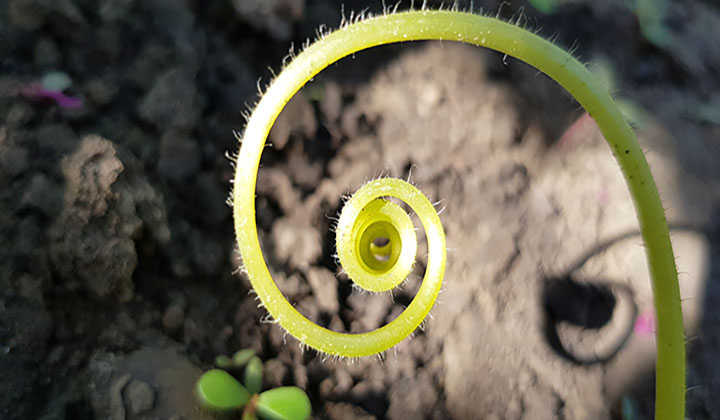
Other Specialized Plant Organs
Apart from the three main organs of roots, stems, and leaves, angiosperms also produce a variety of specialized organs, most of which are found only in flowering plants. Plants have spines, thorns, and spikes that are important defensive structures. Each is a modification of an existing organ. Spines are modified leaves or stipules and are most recognizable in the cactus family (Cactaceae). Thorns are protrusions of the stem, exemplified by the sharp thorns of citrus trees. As opposed to spines and thorns, spikes are extensions of the epidermis or cortex of a plant. They do not contain vascular tissue. An example of spikes is the sharp branch protrusions on rose bushes.
Another type of leaf modification is the tendril, which can be simple or branched. In climbing and vine plants, tendrils cling to surrounding structures, usually other plants, to reach more light while avoiding providing structural support for themselves.
The leaves of carnivorous plants, which are all angiosperms, have evolved fascinating and complex modifications that allow them to trap insects and other animals for food. When triggered, the minute hairs on the paddle-shaped leaves of Venus flytraps automatically close and actively capture prey. Using their leaves as structures, pitcher plants lure their prey into large, vases-like structures, where they are trapped.
Bracts, which serve the same functions as flower petals, are typically brightly colored. On Bougainvillea, the colorful "flowers" are actually bracts that surround multiple smaller flowers.
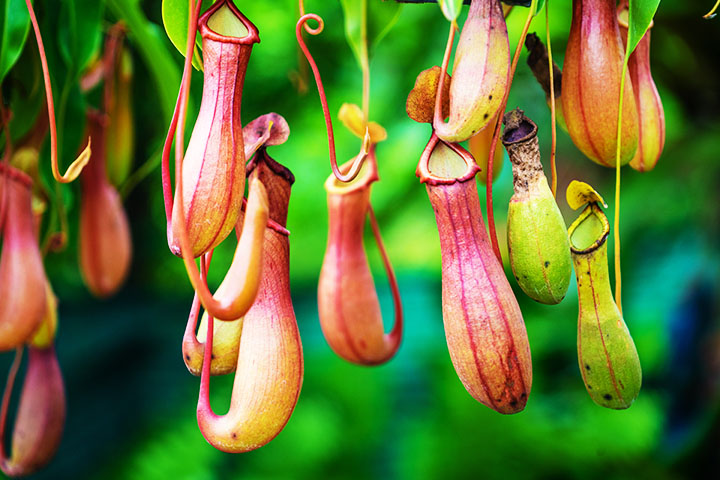
Angiosperm Reproduction
One of the most distinguishing characteristics of flowering plants is their reproduction method. Botanists attribute flowering plant diversification to the development of flowers and fruits.
Flowers
Flowers have a wide variety of morphologies and complex reproductive organs. They may be borne on the end of branches (terminally) or in a leaf axis (axillary). Uncommon floral arrangements include growing directly from the soil (common in parasitic plants), or even on a leaf blade. The flowers are either solitary or are grouped together in a structure called an inflorescence.
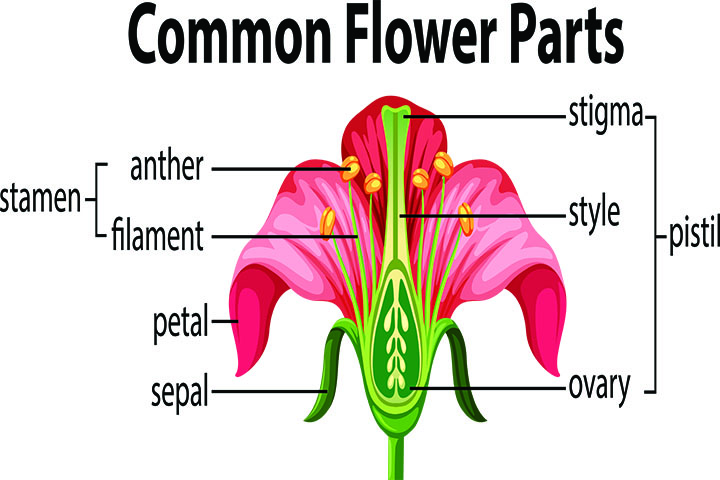
Anatomy
There are four parts to a flower: sepals, petals, stamens, and carpels. Sepals, collectively known as the calyx, guard the flower bud. They are usually leafy green structures. The petals of flowers are often colorful and designed to attract pollinators. A group of petals is called the corolla. The calyx and corolla together make up the perianth.
Next are the stamens, which are the male reproductive organs. Stamens are made up of the filament at the base, and anthers at their tip that produce pollen. The female organ of the flower is called the pistil. Each pistil consists of one or more carpels that contain a stigma, style, and ovary.
Pollination
Fertilization is necessary for an ovary to produce a seed. Plants have evolved alongside pollinators for billions of years, and it's often pollinators that transfer pollen between flowers. For visiting a flower, insects, birds, and even mammals are usually rewarded with nectar. As a result, the pollinator inadvertently carries pollen from one flower to another. Pollen is often transferred from one species of plant to another species of that plant. The act of "cross-pollination" is critical to maintaining the genetic diversity of a species. However, some plants are able to self pollinate.
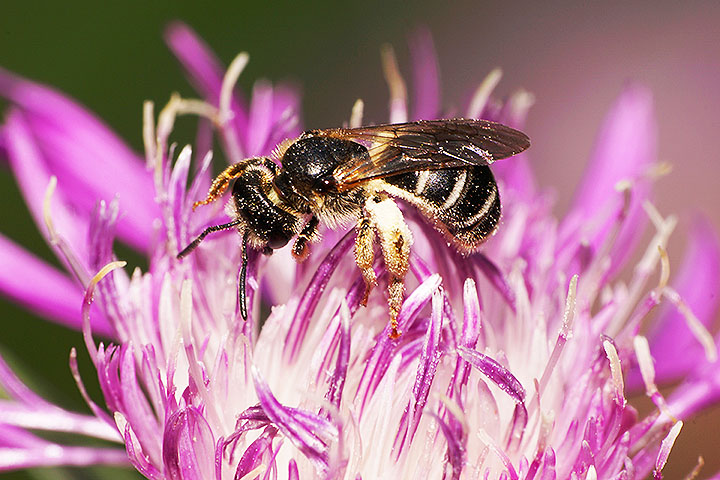
Fertilization and Embryogenesis
Once a suitable pollen grain from a male anther contacts a female stigma, it germinates and forms a pollen tube that enters the ovary. The two sperm cells then travel to the ovary. The sperm cell that fertilizes the egg forms a zygote, while the other sperm cell forms the endosperm by joining with two polar nuclei. Ultimately, the zygote becomes the embryo, which is fed by the endosperm. The embryo and endosperm together constitute a seed. This system of fertilization using two sperm cells is known as double fertilization.
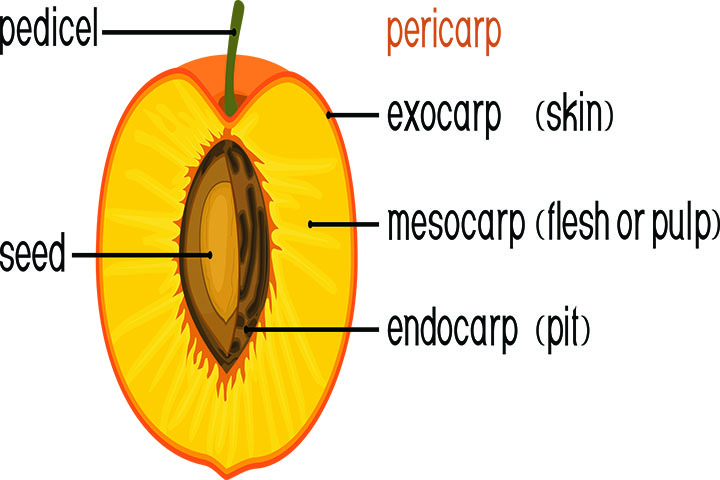
Fruit
Anatomy
As soon as one or more ovules have been fertilized, the entire flower has transformed into a fruit. An actual fruit consists of one or more ripened ovaries along with additional modified parts that come together to form a cohesive whole. Fruits have a wide range of morphological characteristics and can be fleshy or dry. Seeds are usually contained on the inside of a fruit. A pericarp surrounds the seed and consists of an endocarp, a mesocarp, and an exocarp. The mesocarp is usually the part of the fruit that is eaten.
Drupes and berries are the main types of fleshy fruit. There is only one seed in a drupe, and the seeds are often quite large (e.g. avocados and peaches). Because berries contain multiple seeds, tomatoes and cucumbers are considered berries.
Seed Dispersal
Fruits use many methods of transport to make sure their seeds reach a suitable location. Fruits that are fleshy are most often eaten by animals that deposit their seeds elsewhere. Wind can disperse dry fruit, such as dandelions and maple samara. The barbs of other dry fruits cling to animals passing by. Dry fruits are sometimes dehiscent, meaning they remain open in the wind and release wind-dispersed seeds. Water dispersal (coconuts) and exploding fruit are two other unique forms of dispersal. After a seed is dispersed, it begins a new life cycle.

Groups of Angiosperms:
Angiosperms have inspired extensive research on their taxonomy and phylogeny due to their remarkable diversity and relatively short evolutionary history. There has been a lot of research done on angiosperm phylogeny, and so there are multiple systems one can follow. The most widely accepted system is from the Angiosperm Phylogeny Group (APG IV), so we will follow this system as we discuss flowering plant phylogeny.
Next, we will discuss different clades, orders, and families of plants. A family will always end in -aceae and an order will always end in -ales.
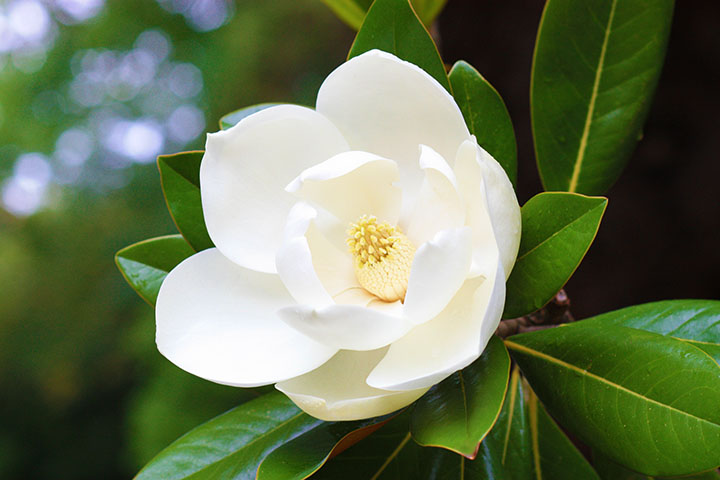
Basal Angiosperms
Basal angiosperms are the oldest group of flowering plants. Several orders belong to this group and contain a portion of the flowering plants we call dicotyledons.
Basal angiosperms are characterized by their ability to produce secondary growth. That is, their stems thicken and produce wood underneath vascular tissue. It's important to note, however, that many dicots do not produce secondary growth and are pure herbaceous plants. Basal angiosperms also have organized vascular tissue. Phloem and xylem are organized outside the stem, right underneath the bark. There are also two embryonic leaves known as cotyledons in this group. The term “dicot” alludes to the pair (di-) of cotyledons (cot) which are the first leaves produced by a seed after germination.
Amborellales
Evolutionarily speaking, the Amborellales are the oldest angiosperm group. Generally speaking, this group is considered to be the first angiosperm group to diverge from any other angiosperm. Consequently, it is an incredibly important group in studying flowering plants' genomics.
Amborella trichopoda is the only living species of this group. Amborellales probably contained many other species, genera, and families, but today there is only one extant member. Amborella trichopoda is a small, evergreen shrub found only in the cloud forests of New Caledonia, where other endemic plants and animals also thrive. As a relic of its earliest divergence, its vascular system looks more like that of a gymnosperm than that of other angiosperms. The early divergence of Amborella trichopoda provides insight into the evolution of flowering plants as a whole.
Nymphaeales, which includes water lilies, is a basal angiosperm group closely related to Amborellales.
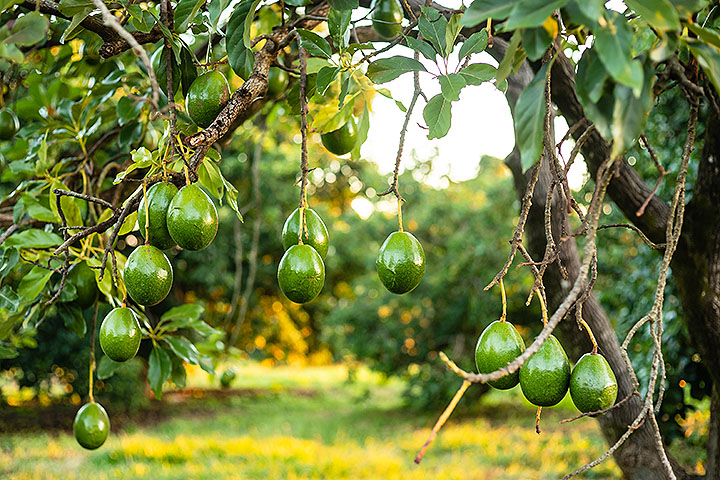
Magnoliids
The Magnoliid group is the next oldest group of angiosperms, which has only a few orders. Molecular analysis primarily determines the relationship between Magnoliid orders, and morphological characteristics vary across these primitive groups quite a bit. These are a few of the notable families and species within the Magnoliidae:
- Piperaceae (piper family): Black peppercorn.
- Lauraceae (avocado family): Avocado, cinnamon, and bay leaves.
- Magnoliaceae (magnolia family): Magnolias and tulip trees.
Monocotyledons
The monocotyledons are the next most primitive group of flowering plants. These plants are also known as monocots or Liliopsida. Monocotyledons are strictly defined and are monophyletic in nature, unlike dicotyledons. One of the most notable differences between monocots and other angiosperms is that monocots produce only one cotyledon.
Unique Features of Monocots
Monocot leaves typically possess parallel venation and a modified petiole that encloses the stem before connecting at a node. Monocot stems are never woody, with a notable exception of palms. While palm trunks may appear to contain wood, they are actually made up of many dried leaf sheaths that remain on the trunk. Rather than a ring of vascular tissue at the edge, a cross-section of a monocot stem shows disorganized vascular bundles.
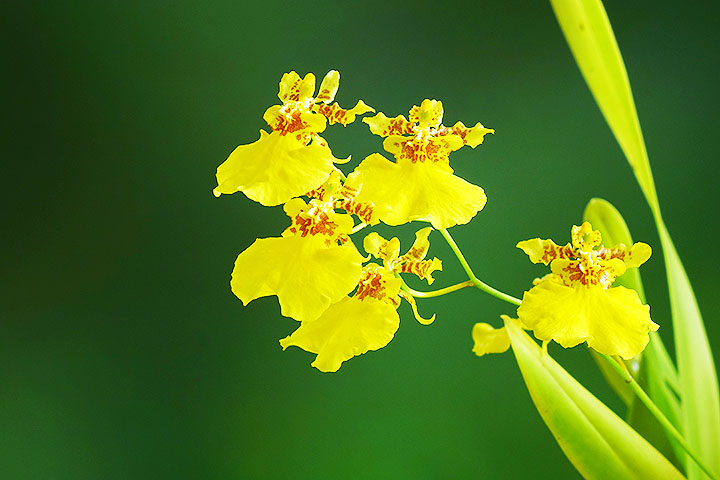
Families of Monocots
Monocot families can be extremely diverse and of enormous economic importance. Examples (in order of most to least primitive) include:
- Araceae (aroid family): Monstera, philodendron, and peace lily.
- Liliaceae (lily family): Lilies, tulips, and many more cultivated flowers.
- Orchidaceae (orchid family): Orchids, which is the second most diverse plant family.
- Arecaceae (palm family): Date palms, oil palms, and coconut.
- Bromeliaceae (bromeliad family): Pineapple, bromeliads, and many air plants.
- Poaceae (grass family): Corn, rice, wheat, and cereal grains.
Eudicots
Next comes the group of flowering plants that includes all the other species of angiosperms. The eudicots are the second group of dicots, along with the basal angiosperms. It is a large monophyletic group with a very broad definition. This includes all lineages that have diverged since monocots diverged.
Common Features of Eudicots
Eudicots, like basal angiosperms, can undergo secondary growth, and their stems can produce wood. There are some eudicot families that are strictly herbaceous, so this feature appears not in all of them. Two cotyledons and organized vascular tissue are also features shared with basal angiosperms.
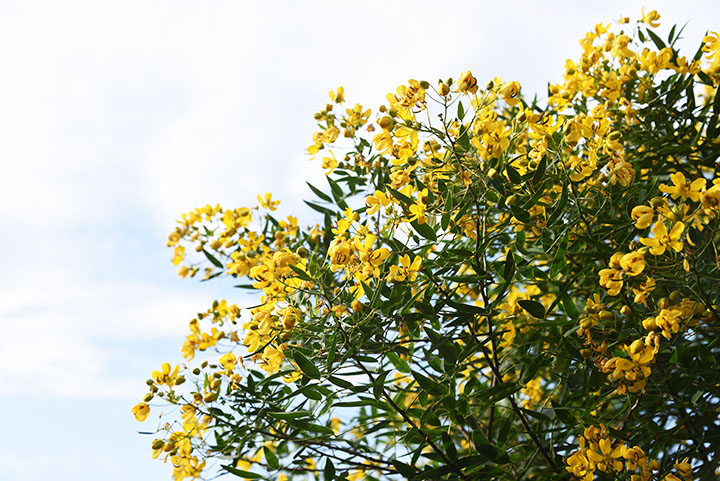
Families of Eudicots
As the most diverse and largest group of flowering plants, the eudicots contain a large number of species with a variety of important plants. Listed below are 30 of the most important families, organized by order, from most primitive to most recently diverged:
- Ranunculales
- Ranunculaceae (buttercup family)
- Papaveraceae (poppy family)
- Vitales
- Vitaceae (grape family)
- Malpighiales
- Euphorbiaceae (spurge family): Euphorbia, cassava, rubber tree, castor oil plant.
- Passifloraceae (passionflower family)
- Salicaceae (willow family): Willows, aspen, poplar, and cottonwood.
- Violaceae (violet family): Violet flowers.
- Fabales
- Fabaceae (legume family): Beans, peas, soy, acacia trees, and many more.
- Rosales
- Rosaceae (rose family): Blackberries, roses, strawberries, apples, and many other fruit trees.
- Moraceae (fig family): Figs and mulberries.
- Cucurbitales
- Cucurbitaceae (cucumber family): Cucumbers, squash, and watermelon.
- Fagales
- Betulaceae (birch family): Birch, alders, and hazelnuts.
- Fagaceae (oak family): Oaks and beeches.
- Myrtales
- Myrtaceae (myrtle family): myrtle, clove, guava, and eucalyptus.
- Melastomataceae (melastome family): An extremely diverse family found mostly in the tropics.
- Sapindales
- Anacardiaceae (mango family): Poison ivy, mango, cashew, and sumac.
- Sapindaceae (soapberry family): Chestnut, maples, and lychee.
- Rutaceae (citrus family): Lemons, lime, and oranges.
- Malvales
- Malvaceae (mallow family): Cotton, hibiscus, and cacao.
- Caryophyllales
- Cactaceae (cactus family)
- Ericales
- Ericaceae (heather family): Blueberry, cranberry, and huckleberry.
- Primulaceae (primrose family): Many common garden plants.
- Solanales
- Solanaceae (nightshade family): Tomato, eggplant, chili pepper, and potato.
- Gentianales
- Rubiaceae (madder family): Coffee and various ornamental plants.
- Lamiales
- Lamiaceae (mint family): Mint, basil, sage, rosemary, and thyme.
- Plantaginaceae (plantain family)
- Bignoniaceae (bignonia family): Calabash, and a great variety of tropical trees and vines.
- Asterales
- Asteraceae (daisy family): Daisy, sunflower, lettuce, chrysanthemum, and many other ornamental flowers. This is the most diverse plant family.
- Apiales
- Apiaceae (carrot family): Carrot, celery, and parsley.
- Araliaceae (aralia family): English ivy, umbrella tree, and ginseng.
Conclusion
To conclude, Angiosperms are the most diverse, and perhaps the most important group of plant life on Earth. They used a unique method of reproduction to dominate the globe and to rapidly diversify, which led to an abundance of food and medicinal plants. In order to prevent their mysterious secrets from being lost, it is vital to protect existing forests that are dominated by angiosperms.
families in angiosperms
Jump to families starting with:
News coming your way


































